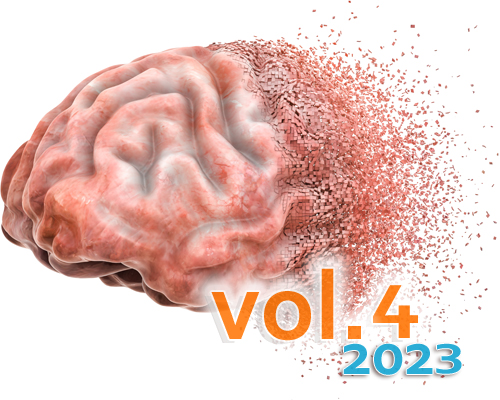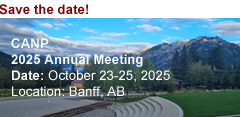Survey of Neuroanatomic Sampling and Staining Procedures in Alzheimer Disease Research Center Brain Banks
DOI:
https://doi.org/10.17879/freeneuropathology-2023-4696Keywords:
Neuropathology, Brain Banks, ADRCs, Tissue Repository, BiobankAbstract
The collection of post-mortem brain tissue has been a core function of the Alzheimer Disease Research Center’s (ADRCs) network located within the United States since its inception. Individual brain banks and centers follow detailed protocols to record, store, and manage complex datasets that include clinical data, demographics, and when post-mortem tissue is available, a detailed neuropathological assessment. Since each institution often has specific research foci, there can be variability in tissue collection and processing workflows. While published guidelines exist for select diseases, such as those put forth by the National Institute on Aging and Alzheimer Association (NIA-AA), it is of importance to denote the current practices across institutions. To this end a survey was developed and sent to United States based brain bank leaders, collecting data on brain region sampling, including anatomic landmarks used, staining (including antibodies used), as well as whole-slide-image scanning hardware. We distributed this survey to 40 brain banks and obtained a response rate of 95% (38 / 40). Most brain banks followed guidelines defined by the NIA-AA, having H&E staining in all recommended regions and targeted region-based amyloid beta, tau, and alpha-synuclein immunohistochemical staining. However, sampling consistency varied related to key anatomic landmarks/locations in select regions, such as the striatum, periventricular white matter, and parietal cortex. This study highlights the diversity and similarities amongst brain banks and discusses considerations when amalgamating data/samples across multiple centers. This survey aids in establishing benchmarks to enhance dialogues on divergent workflows in a feasible way.
Metrics
Additional Files
Published
How to Cite
Issue
Section
License
Copyright (c) 2023 Juan Carlos Vizcarra, Andrew Teich, Brittany Dugger, David Gutman

This work is licensed under a Creative Commons Attribution 4.0 International License.
Papers are published open access under the Creative Commons BY 4.0 license. This license lets others distribute, remix, adapt, and build upon your work, even commercially, as long as they credit you for the original creation. Data included in the article are made available under the CC0 1.0 Public Domain Dedication waiver, unless otherwise stated, meaning that all copyrights are waived.



















